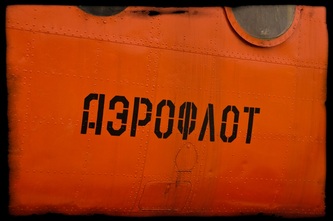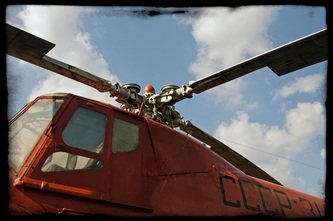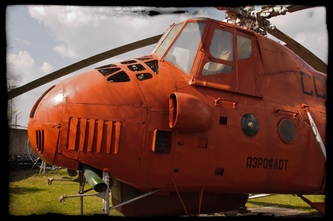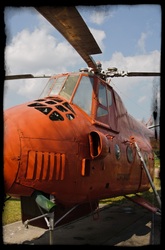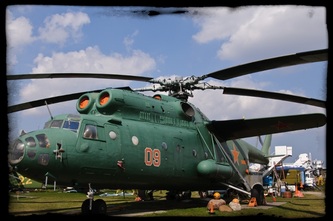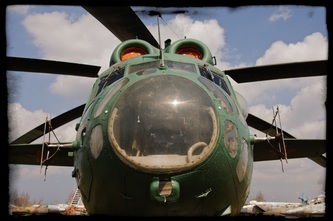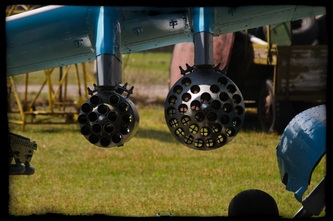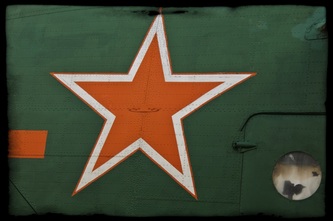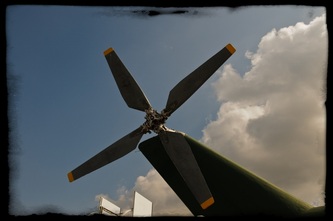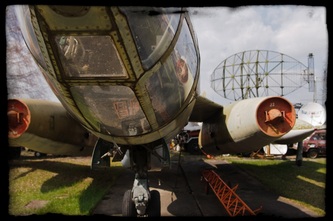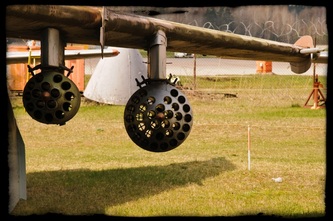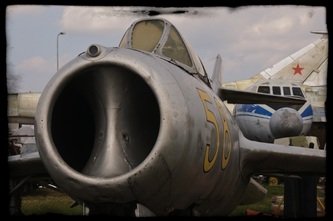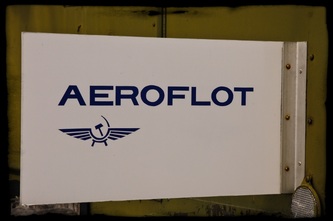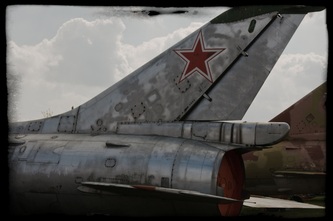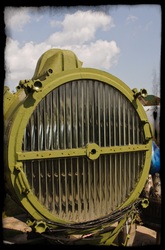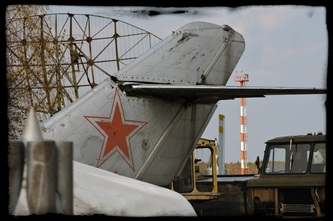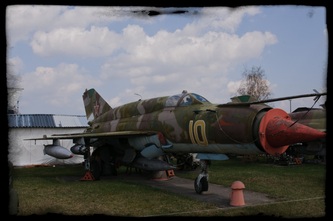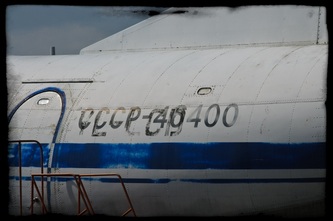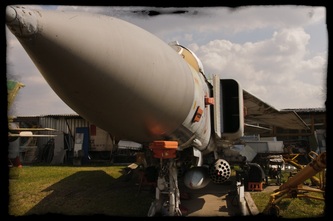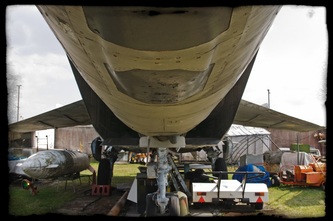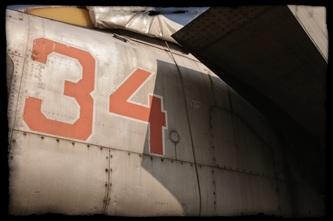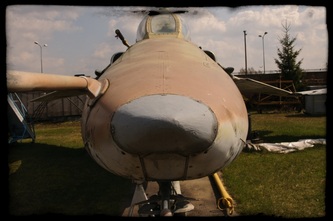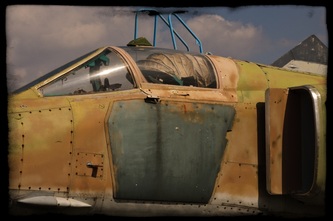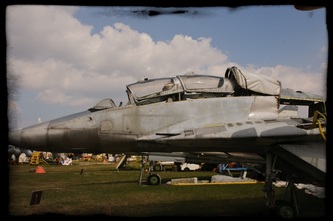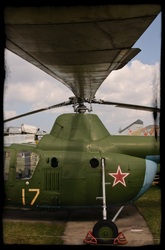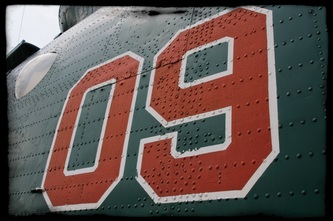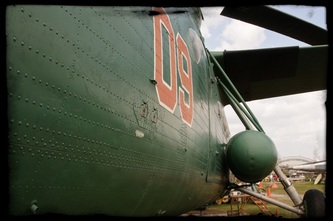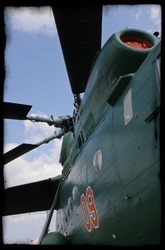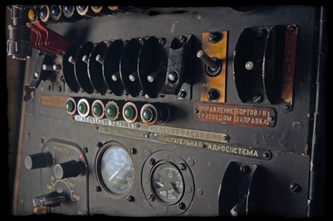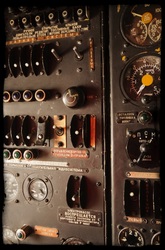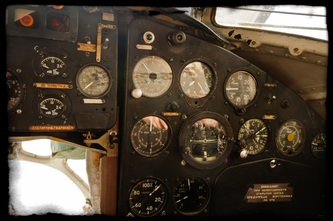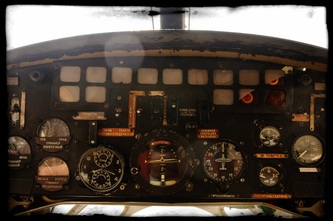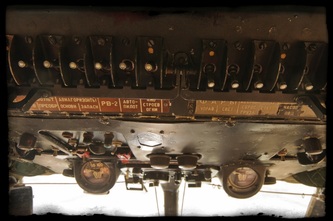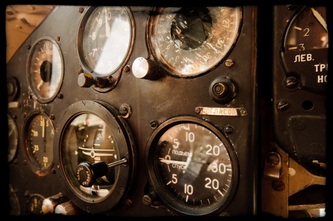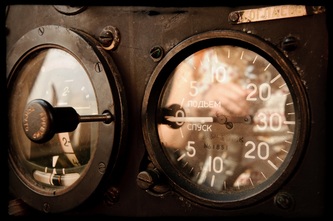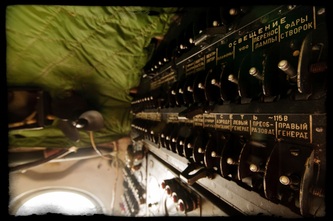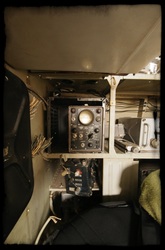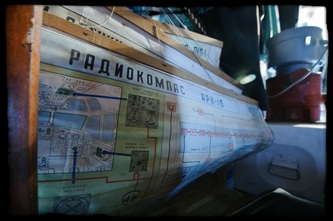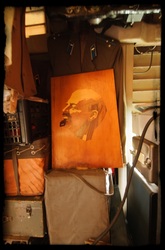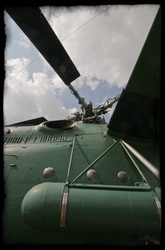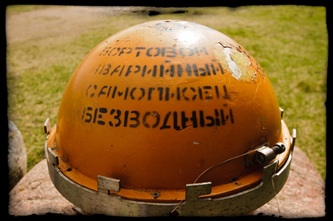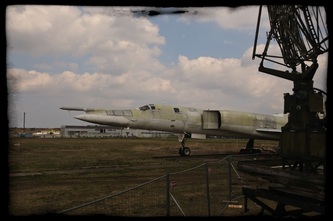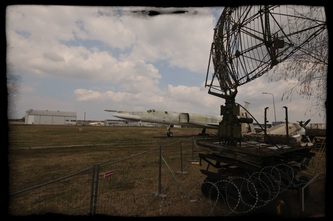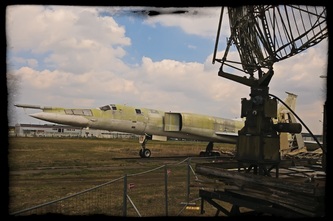Riga Aviation Museum
The Riga Aviation Museum developed over the past 40 years. It became a private museum in 1997 without any support from the Latvian state. This aviation museum is unique in the Baltic countries and one of the largest in Europe. Its collection of Soviet aircraft is also the greatest in in outside of Commonwealth of Independent States (CIS).
The history of the museum began in 1956, when Mr. Tsander established the Young Pilots’ Club (YPC). The organizational work was done by a young aviation engineer, Victor Talpa, who worked for the Latvian Civil Aviation administration.
The Young Pilots’ Club was meant to provide Professional training and thus was sponsored by the Latvian Civil Aviation administration. Starting at age 14, students studied aviation theory and the airport’s service working procedures, worked in the airport, and underwent physical and rudimentary military training including parachuting. The young pilots were trained on the An-2, Tu-134, and Tu-154. The graduates received a certification and according to the decree of the Ministry of Aviation of the USSR no.550 of 5.09.1969 and obtained the qualification of “2nd grade technician of the An-2”.
But YPC needed its own teaching aids, including airplanes; heretofore it had depended for everything on the Civil Aviation administration. The Defence Ministry granted the Club a used Mig-21US that was rebuilt by the students. This is how the club’s collection of equipment began. Later, thanks to good contacts within the military, the quantity of aircraft has considerably grown. It includes some rare models of military airplanes and helicopters. Two more YPC schools were started in the Latvian cities of Liepaja and Ventspils.
By 1991 the club had a solid foundation of educational material and technical equipment. Training and certification of junior airmen continued. When applying to the institutes of higher education or technical colleges, the YPC graduates had an advantage over other applicants; this was partly due to the selectivity of the YPC in accepting 14-year-old students and partly to the excellent preparation they received from the club. After the break-up of the Soviet Union, financing ceased. There was also a problem of equipment storage. The Riga Airport administration decided to help and provided space. From 1998 to 1999 the club’s equipment was moved to its new spaces.
The founder and permanent director of the museum is Victor Talpa. He graduated from Irkutsk Military Aviation College in 1962 and served in the naval aviation of the Black Sea Navy. Later he worked as an aircraft engineer with Aeroflot and at the same time was the head of the Young Pilots’ Club. He is a lovely man and it was a pleasure to meet him (and his cat).
The history of the museum began in 1956, when Mr. Tsander established the Young Pilots’ Club (YPC). The organizational work was done by a young aviation engineer, Victor Talpa, who worked for the Latvian Civil Aviation administration.
The Young Pilots’ Club was meant to provide Professional training and thus was sponsored by the Latvian Civil Aviation administration. Starting at age 14, students studied aviation theory and the airport’s service working procedures, worked in the airport, and underwent physical and rudimentary military training including parachuting. The young pilots were trained on the An-2, Tu-134, and Tu-154. The graduates received a certification and according to the decree of the Ministry of Aviation of the USSR no.550 of 5.09.1969 and obtained the qualification of “2nd grade technician of the An-2”.
But YPC needed its own teaching aids, including airplanes; heretofore it had depended for everything on the Civil Aviation administration. The Defence Ministry granted the Club a used Mig-21US that was rebuilt by the students. This is how the club’s collection of equipment began. Later, thanks to good contacts within the military, the quantity of aircraft has considerably grown. It includes some rare models of military airplanes and helicopters. Two more YPC schools were started in the Latvian cities of Liepaja and Ventspils.
By 1991 the club had a solid foundation of educational material and technical equipment. Training and certification of junior airmen continued. When applying to the institutes of higher education or technical colleges, the YPC graduates had an advantage over other applicants; this was partly due to the selectivity of the YPC in accepting 14-year-old students and partly to the excellent preparation they received from the club. After the break-up of the Soviet Union, financing ceased. There was also a problem of equipment storage. The Riga Airport administration decided to help and provided space. From 1998 to 1999 the club’s equipment was moved to its new spaces.
The founder and permanent director of the museum is Victor Talpa. He graduated from Irkutsk Military Aviation College in 1962 and served in the naval aviation of the Black Sea Navy. Later he worked as an aircraft engineer with Aeroflot and at the same time was the head of the Young Pilots’ Club. He is a lovely man and it was a pleasure to meet him (and his cat).
